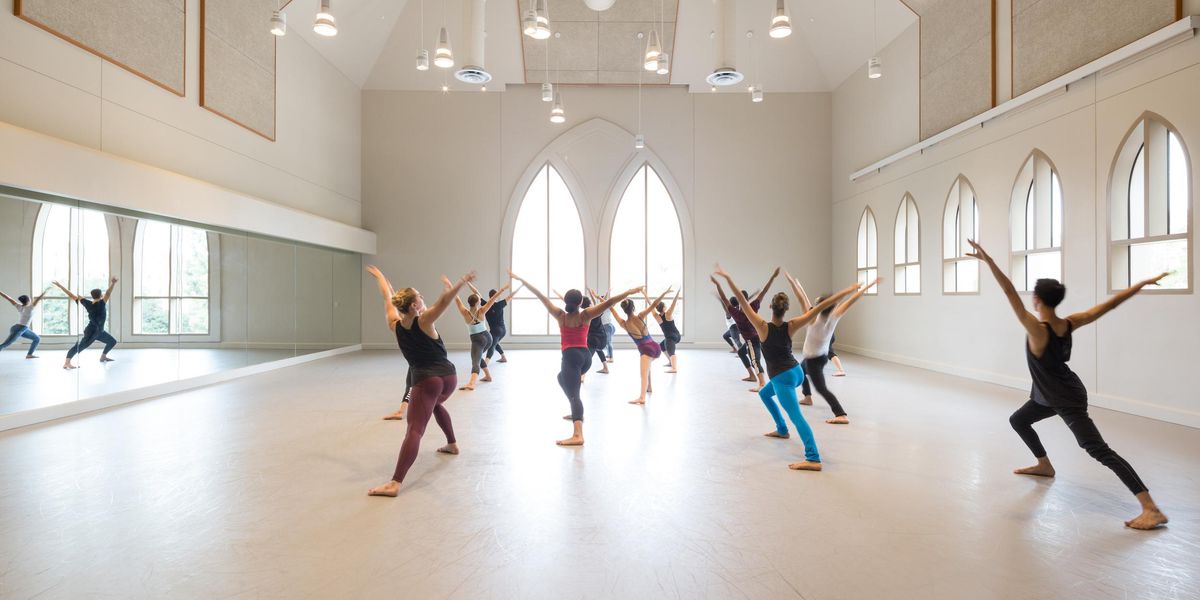Here's Looking At You, Natasha
After 40 years in the West, Makarova continues to shape and foster ballet’s classics.
Makarova rehearsing
La Bayadere with ABT in 1980. Photo by Dina Makaroff.
One of the greatest ballerinas of the 20th century, Natalia Makarova defected from the Soviet Union in 1970. Known for her passionate dancing and poignant sense of surrender, she could also be strong and sexy onstage. She danced with American Ballet Theatre from 1970 to 1988 and guested with The Royal Ballet and many other companies the world over. She performed leading roles in the classics, winning particular praise for her Odette/Odile and Giselle. She also performed ballets by Ashton, MacMillan, Béjart, and Petit, and Jerome Robbins created
Other Dances (1976) for her and Baryshnikov. In 1983 she branched out into musical theater and won a Tony for her role in On Your Toes.
When she staged the Shades scene of
La Bayadère on ABT in 1974, it was dubbed “Makarova’s miracle” by Arlene Croce of The New Yorker. In 1980 she set the full ballet on the company, thus expanding our knowledge of the great Petipa story ballets. Since then she has set it on 13 other companies.
In celebration of the 40th anniversary since her defection and the 30th anniversary of her Bayadère, we compiled a photo collage of “Natasha’s” ballet career, accompanied by Wendy Perron’s interview with her.
What is your most vivid memory of the day you defected?
My crying, crying just to make a decision. It was in the car. I was supposed to go to dinner with friends, and on the way, they suggested to me to stay in the West. They said I have to save my talent, and it will be the best thing if I use the opportunity now.
So you did not decide until you were in London?
No, absolutely not. I wasn’t in good emotional state. I didn’t expect anything for the future because it looked like a swamp—everything every day the same. No place for experiment. I saw many things from the West that excited me. I was dreaming that I would love to work with all those choreographers. I had no plans at all, and then I cried. All my life was in front of my eyes. And it was the turning point.
Why did you choose
Bayadère? I have to pass my heritage. ABT was different schools, different ideas, different professionally, mentally and everything. So it was challenge for me. And Lucia Chase welcomed the idea; she helped me a lot.
Do you have a favorite scene in the ballet?
I really like my last act. When I’m looking I couldn’t figure out how I did it by myself [laughs]. Sometimes I surprise myself.
What do you emphasize for the dancers?
What I did, I put more spirituality in it. I try to inspire them, but I cannot teach that. I really like dancers to move passionately. The whole body has to be involved. It’s not just the legs, the arms. It is altogether in harmony.
Looking back on your career, what is your feeling?
I have like two lives. I am very lucky I have a heritage—my school, Vaganova School—because no school can prepare dancers like this school. And I have the other side of the universe: the Western dancing. Plus, when I finish my dancing I’m still working. So that is the other luck. I am grateful for that.
When you first came to the West, what was the most difficult thing to get used to?
The tempo. In Russia we used to have two, three performances a month, and we prepare very carefully for each one. The tempo, of life itself and of artistic life.
What did you do to get used to the faster tempo?
Discipline and total dedication.




